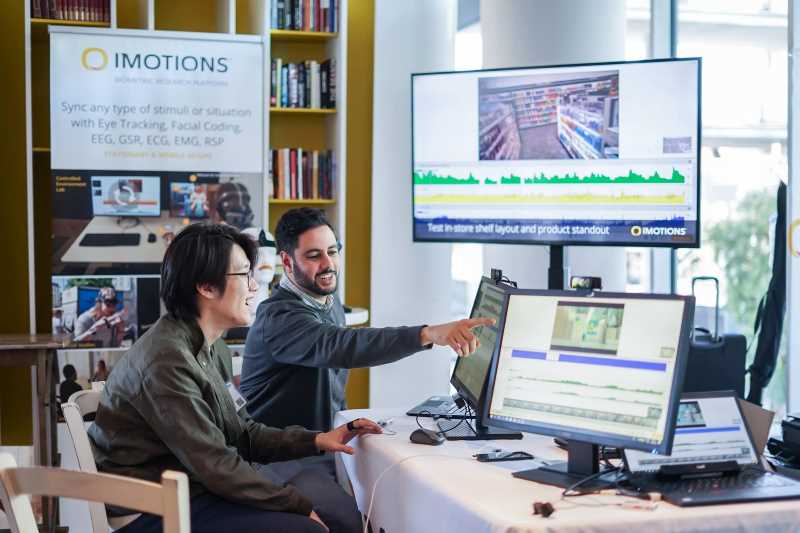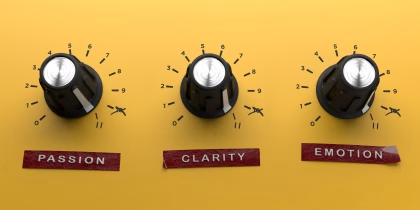Emerging evidence indicates that mothers and non-mothers show different neurocognitive responses to infant stimuli. This study investigated mothers’ psychophysiological, cognitive and neuronal responses to emotional infant stimuli. A total of 35 mothers with four months old infants and 18 control women without young children underwent computerized tests assessing neurocognitive processing of infant stimuli. Their eye-gazes and fixations, galvanic skin responses and facial expressions toward infant emotional stimuli were recorded during the tasks. Participants underwent functional magnetic resonance imaging during which they viewed pictures of an unknown infant and, for mothers, their own infants. Mothers gazed more and had increased galvanic skin response toward infant stimuli as well as displayed more positive facial expressions to infant laughter, and self-reported more positive ratings of infant vocalizations than control women.
At a neural level, mothers showed greater neural response in insula, dorsolateral prefrontal cortex and occipital brain regions within a predefined ‘maternal neural network’ while watching images of their own vs unknown infants. This specific neural response to own infants correlated with less negative ratings of own vs unknown infants’ signals of distress. Differences between mothers and control women without young children could be interpreted as neurocognitive adaptation to motherhood in the mothers.







